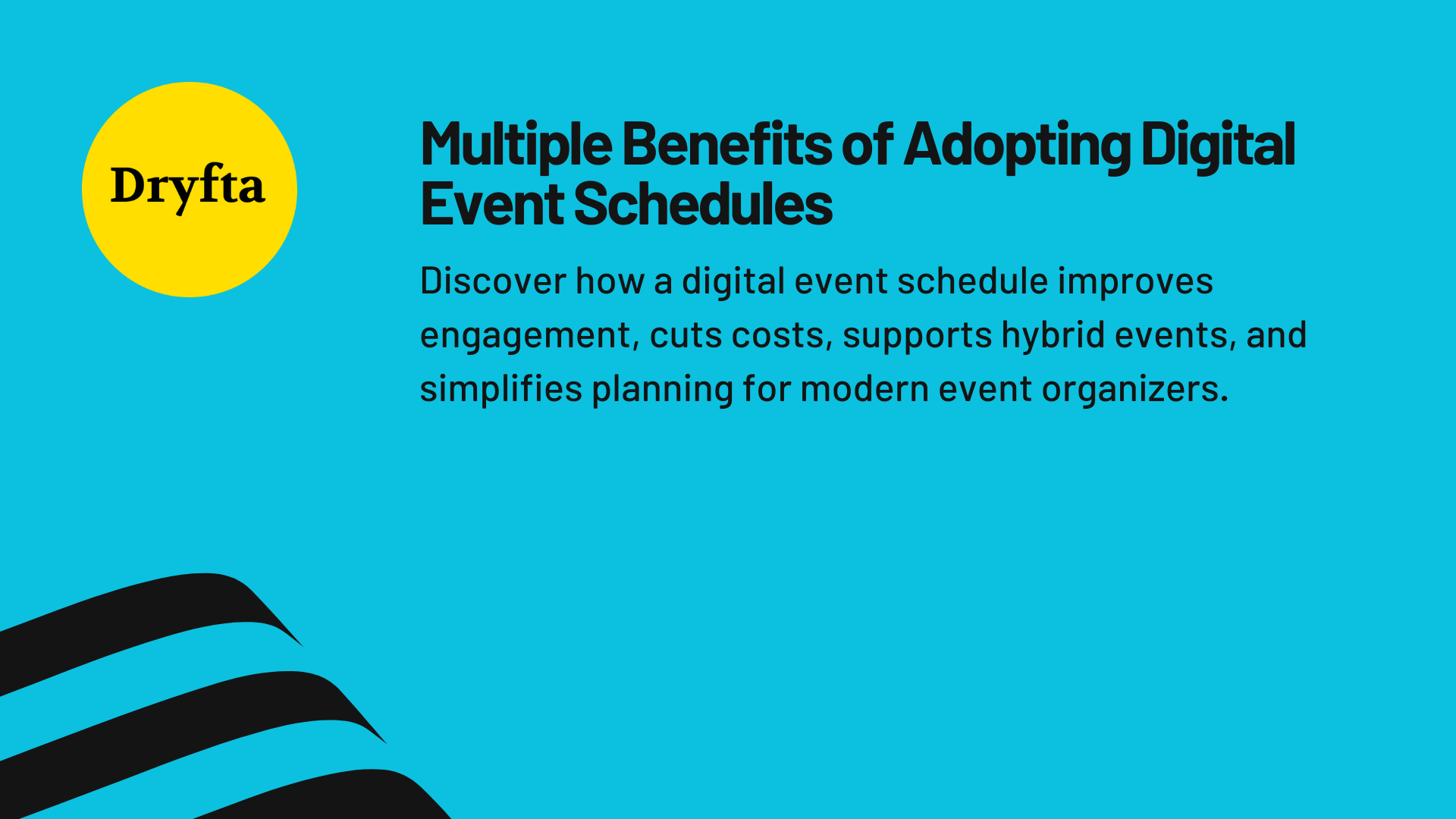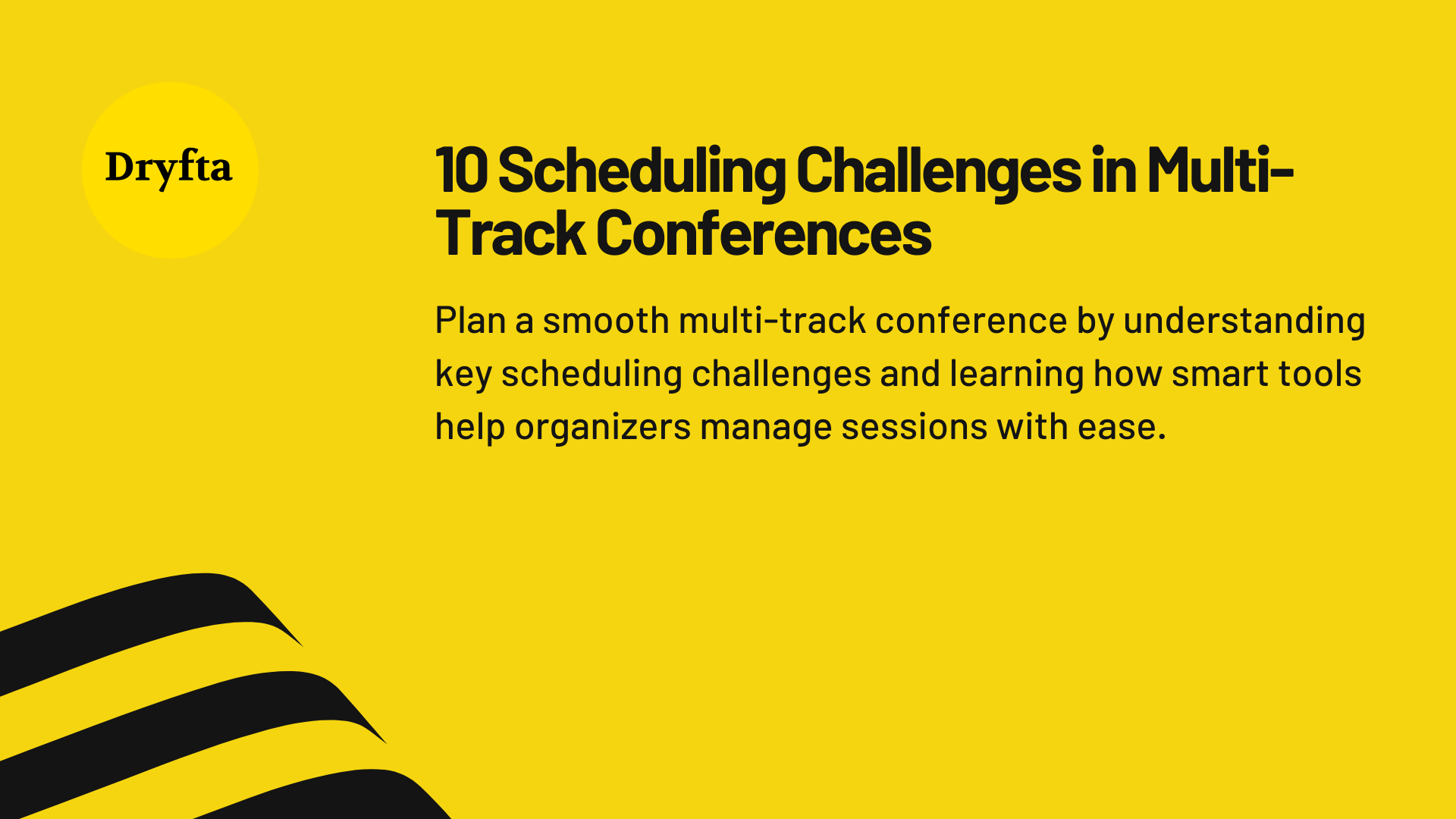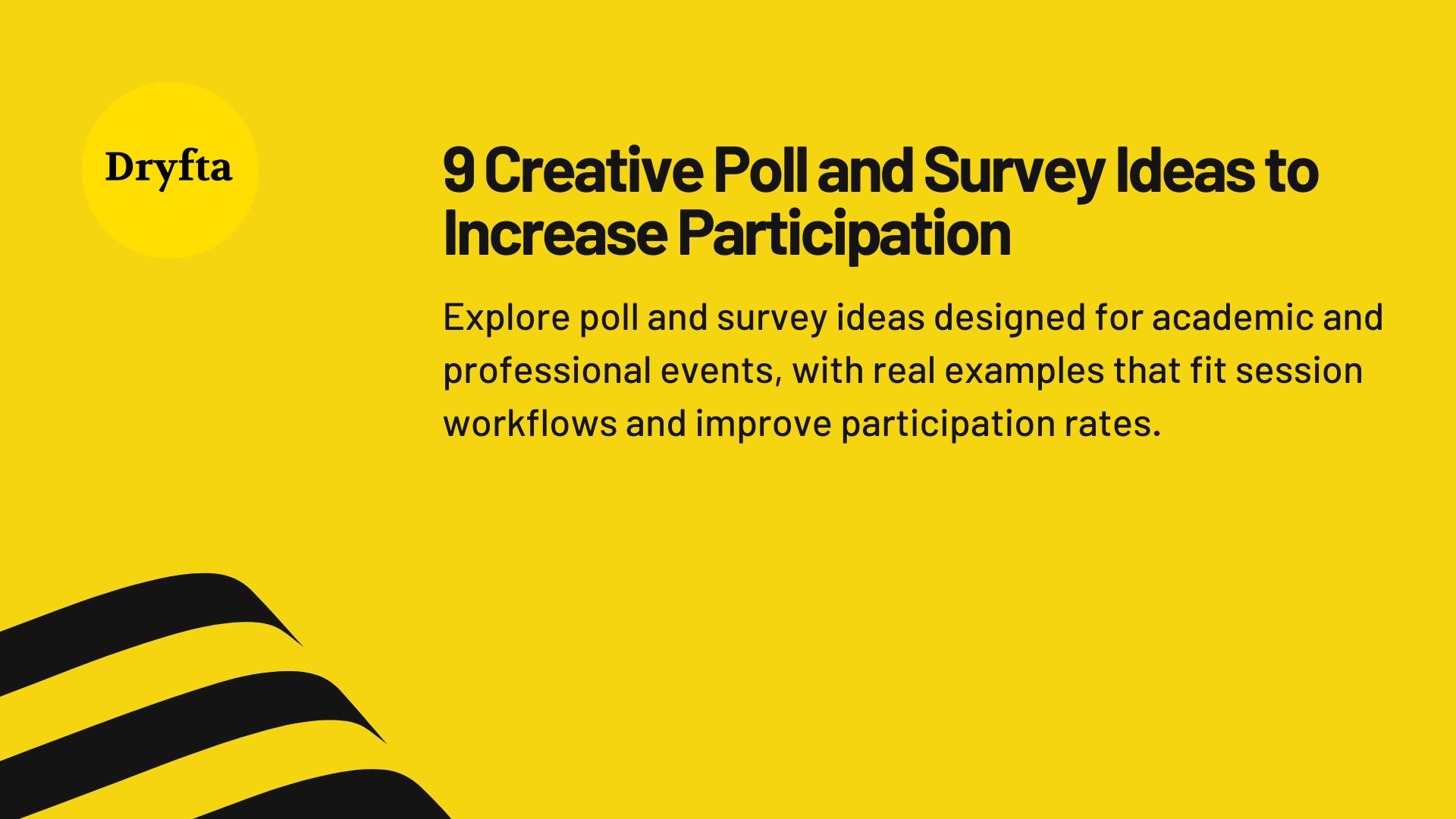
Feeling lost in a sea of WordPress plugins and not sure which one is actually worth your time? Finding a WordPress event plug-in that is cheap, dependable, and has an intuitive user interface can feel way harder than it should. To prevent the trouble, we have already selected 11 of the best WordPress event plugins for you. Each plugin presents a different feature mix, making it easier to identify the one that suits your event’s website.















